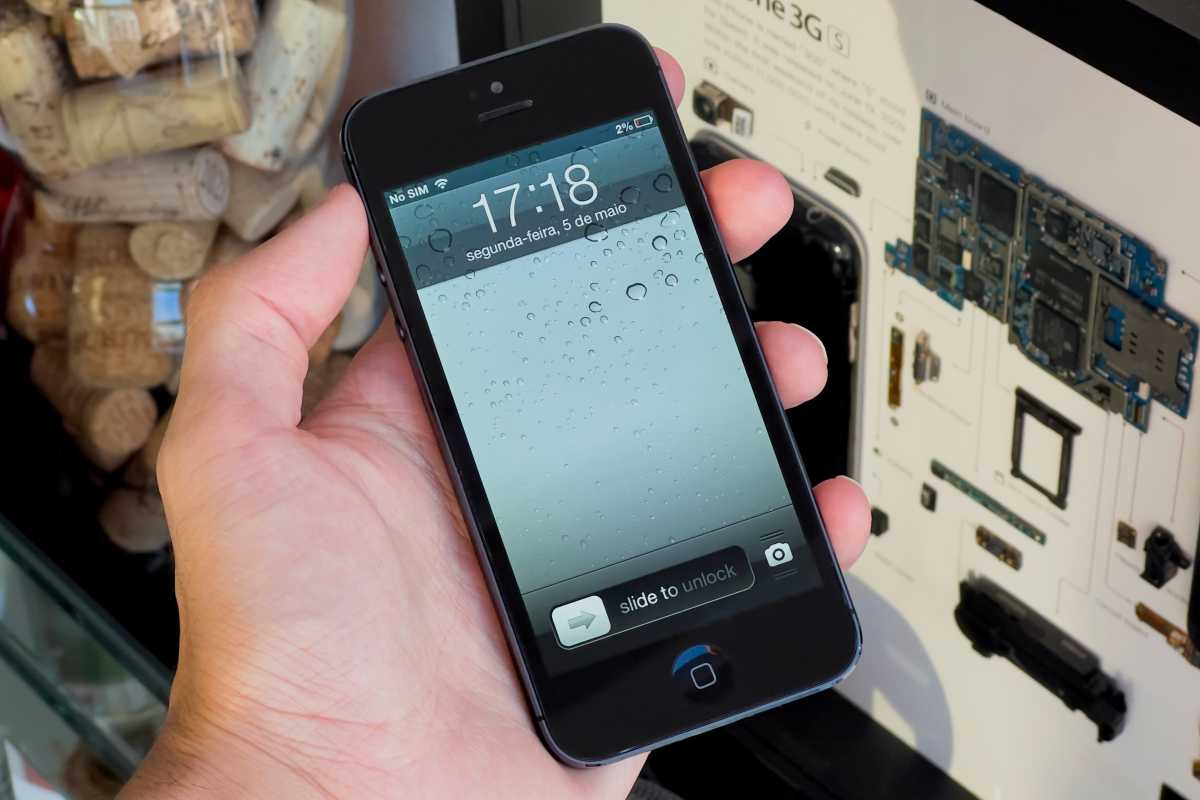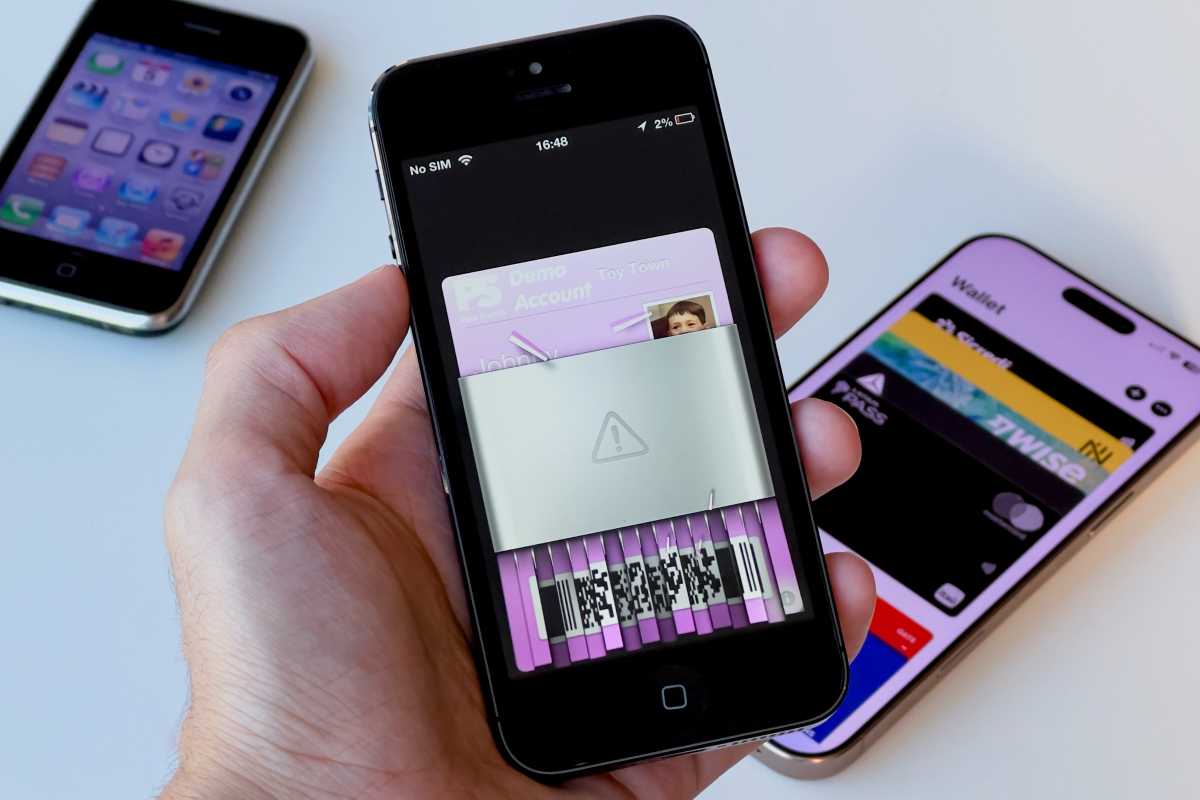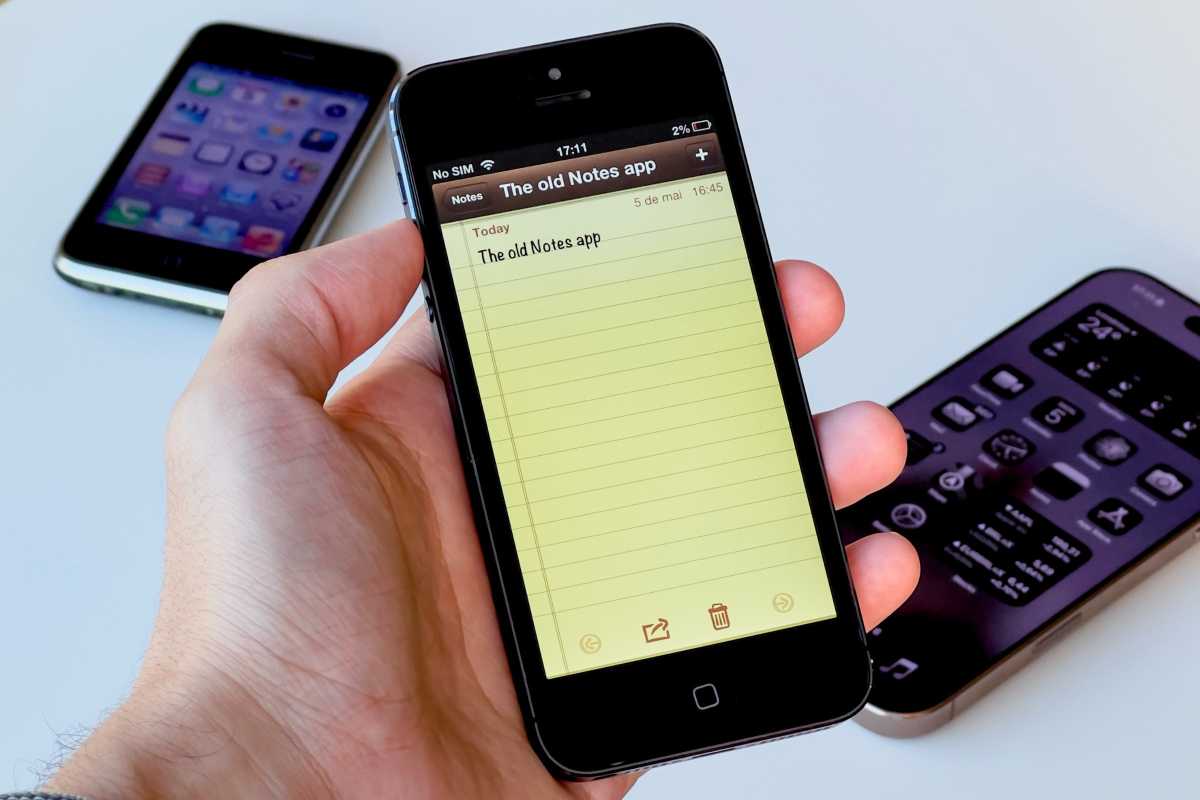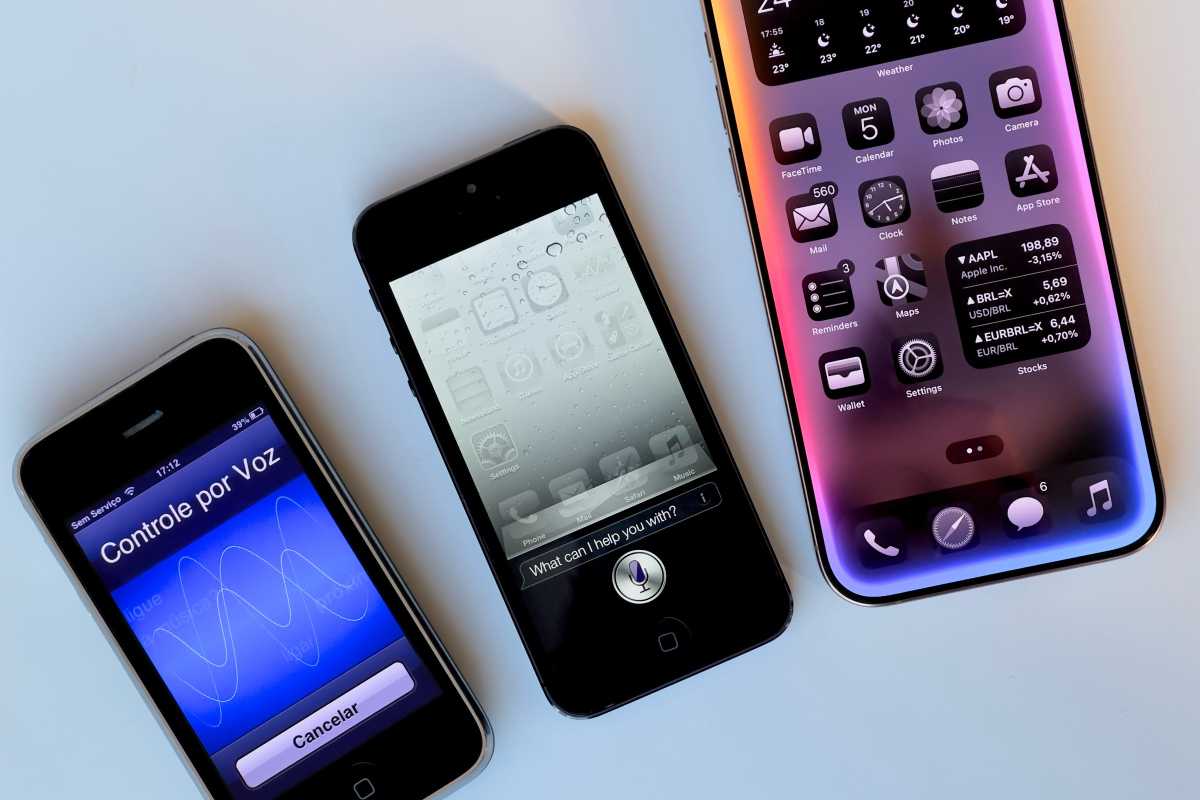We’re simply weeks from the subsequent WWDC, the place Apple will announce the subsequent model of iOS. In response to rumors, iOS 19 would be the greatest change since iOS 7 by way of design, this time that includes a brand new interface reportedly impressed by visionOS.
I nonetheless keep in mind the sensation of utilizing iOS 7 for the primary time on my iPhone 5, and it was like I used to be utilizing a totally totally different telephone. There was lots to love and dislike, and even in any case these years, I nonetheless miss points of iOS 6. With that in thoughts, I made a decision to revisit iOS 6 to see how a lot had modified from one model to the subsequent—and what we are able to study concerning the subsequent dramatic shift.
Again to iOS 6: A unique world
iOS 6 was introduced in 2011, and though it wasn’t an enormous replace in comparison with the one that might observe, it was nonetheless fairly controversial on the time. Most notably, Apple changed Google Maps with its personal Maps app with iOS 6, which introduced important interface adjustments, together with lacking options and a few main points with places.
In fact, iOS 6 is now not supported by Apple, and there’s no official technique to run it on iPhones and iPads. Nevertheless, in the event you nonetheless have an outdated machine that was as soon as suitable with iOS 6, you may downgrade your iPhone or iPad (though there are lots of issues that now not work on this model, together with the aforementioned Maps).

iOS 6 was a less complicated time—with slide to unlock.
Foundry
With that in thoughts, my journey revisiting iOS 6 began with seeing the outdated Apple emblem with a mirrored image impact on boot, adopted by the outdated Setup display. That alone introduced again numerous good reminiscences. It’s arduous to neglect the linen-inspired background that was current in Setup, Notification Heart, and even Siri.
Whereas iOS 7 and the variations that got here after targeted on making every thing overly minimalist and trendy, the outdated iOS interface was far more detailed with fake textures that resembled real-life objects (referred to as skeuomorphism): leather-based, wooden, linen, and many others.
In fact, the Lock Display had no widgets or animated wallpapers, and Face ID wasn’t a factor. As an alternative, customers needed to “Slide to Unlock,” a enjoyable technique to make first-time iPhone customers aware of multi-touch gestures. There was additionally a sound impact of a padlock being unlocked.
However probably the most exceptional function of iOS 6 is the very first thing you see while you unlock your iPhone: the House Display. The 3D design of the icons pops out of the display while you see them on a tool with a Retina show. This, mixed with the bolder textual content, gives the look that you just’re a printed web page relatively than pixels on a display. Even the wallpapers, particularly the water droplets, had been visually engaging.
The icons had far more character, too. The Digicam app icon resembled the rear sensor of the primary iPhone relatively than a generic digital camera, whereas apps like Passbook (former Pockets) and Contacts had a pleasant leather-based texture. This character was additionally carried into every app’s interface as effectively.
The Notes app appeared like a real-life notepad with yellow paper pages, and there’s a pleasant refined element on the prime to simulate torn pages. Particular consideration was additionally paid to the system’s animations. For those who created a brand new word, you’d see an animation as in the event you had turned a web page on a real-life pocket book.

iOS 6’s skeuomorphism was a nod to the real-world gadgets it was mimicking.
Foundry
In Passbook, there was a powerful animation for deleting tickets, which simulated paper being shredded. Voice Memos additionally appeared cool on iOS 6, with the massive metallic microphone and a VU meter that reacts while you communicate or faucet the microphone. The quantity indicator shines as you progress the iPhone in your hand.
After which there’s Siri. This was my favourite model of the Siri interface, principally due to its shiny microphone button with the glowing purple gentle that pulsed as you spoke. It felt so futuristic but actual, such as you had been truly interacting with a bodily object.
iOS 6 was the end result of 5 years of Apple interface design and every thing felt extra enjoyable and alive.
iOS 7 arrived in 2013, marking the primary main iOS redesign. Skeuomorphism gave technique to a less complicated interface with strong backgrounds and no textures. Stylized buttons had been changed by textual content, and fantastically designed icons had been changed by flat shapes.
iOS 7: Trendy however uninteresting
It was a dramatic, even surprising change. On the one hand, iOS 7 appeared much more trendy than iOS 6. However however, enjoyable interface components additionally grew to become extra boring. In iOS 7, the Notes app was only a white display the place you write textual content, and the identical utilized to the overwhelming majority of iPhone and iPad apps.
We additionally misplaced most of the skeuomorphic animations that, whereas not vital, had been a pleasant contact and at all times introduced a smile to my face each time I noticed them. With the change, iOS misplaced its character and character.

iOS 7 eliminated a lot of a originality of iOS.
Foundry
Personally, I imagine that iOS 7 marked the start of a brand new period for Apple. It set out a contemporary aesthetic that might be adopted not solely by Apple in its forthcoming merchandise, but in addition by different firms. Are you able to think about a product just like the Apple Watch working one thing like iOS 6?
However on the similar time, the character that iOS had pale over time because the interface grew to become flatter and, effectively, duller.
iOS 19: Classes from the previous
Now that I’ve returned to iOS 18, it’s arduous not to have a look at Apple’s present OS with out pondering of the rumored redesign. Though it’s unclear whether or not the iOS 19 redesign shall be as important as iOS 7 was, seeing iOS 6 once more made me understand that Apple can study a couple of issues from its previous.
iOS 6’s skeuomorphic interface may not slot in with present requirements, however I’d like to see some points of skeuomorphism make a comeback on iOS. Issues just like the reflection impact that strikes as you tilt your telephone, and enjoyable animations would positively go a good distance towards making iOS extra enjoyable and distinctive once more.

Siri has gone by quite a few adjustments over time—will iOS 19 deliver one other one?
Foundry
Curiously, Apple appears to be flirting with depth and realism once more — simply take a look at macOS Huge Sur icons or the translucent glass results in visionOS. Bringing again extra shadows and depth all through the system wouldn’t damage, particularly in terms of icons. I like Mac app icons as a result of they’ve a pleasant steadiness of recent and skeuomorphic.
And please, Apple. Give us some cool wallpapers once more.
May Apple shock us by trying again to maneuver ahead? Again when Apple launched iOS 7, it was about pushing the iPhone into a contemporary period that might final for greater than a decade. This 12 months’s change is reportedly about consistency, and stories say the brand new design will prolong to all gadgets, not simply the iPhone. With that in thoughts, Apple has a chance to set a brand new path, not simply iOS, however for all of its OSes, that fuses kind with performance—and slightly enjoyable.


